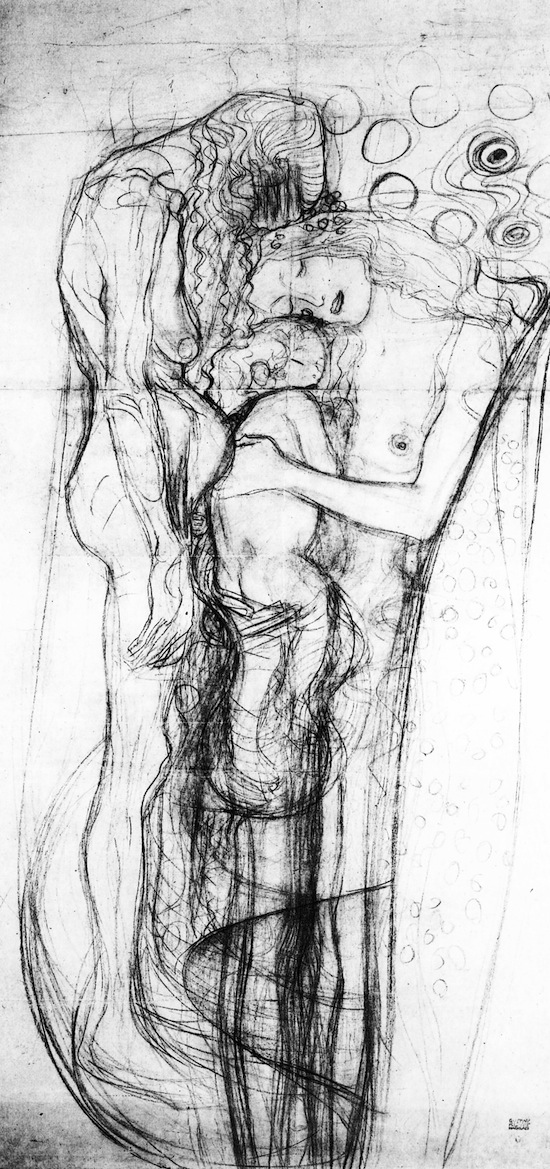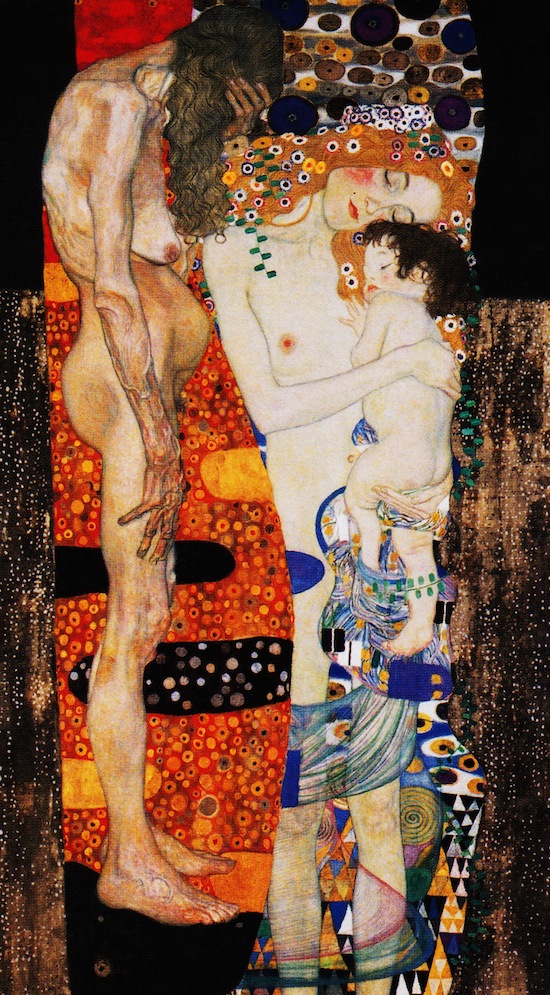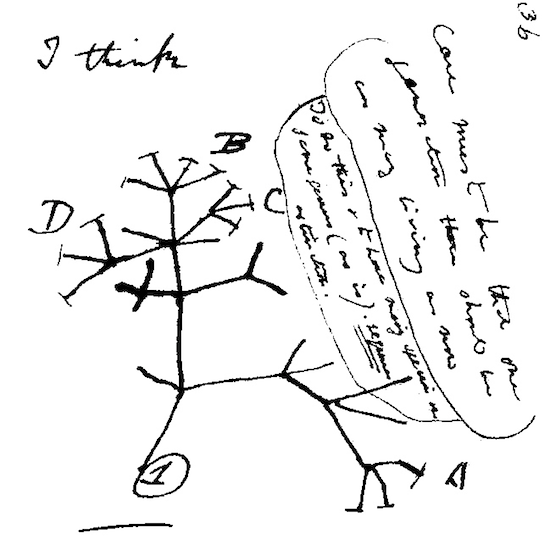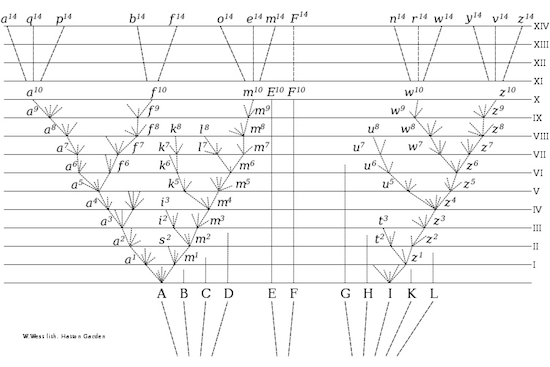Thinking is learning all over again how to see, directing one’s consciousness, making of every image a privileged place.
– Albert Camus, The Myth of Sisyphus
Drawings we make of things we see are not just what we perceive with our senses, but something more and also something less. They are conceptions of what we perceive, not the perceptions themselves. When we draw, we extract from our perceptions what we think are the important parts. We may, for example, ignore the foreground and draw only the tree, or leave out the background and draw only the figure. We might ignore a data point on a graph so the line through all the other points is smoother, or draw repeating sequences to imply motion.
The choices we make in creating such drawings, both of what we see and what we imagine, are a record of visual thinking using line, shape, and degrees of light and dark. The drawings represent both inner and outer parts of our world. The choices we make in the drawing process are important parts of a conversation we have with ourselves, as hand and mind unite in cognition and creation. As we draw, what appears on the paper or screen is a critical part of the conversation, an external representation of what was, in the moments before its creation, in our minds. Once an image gains a life of its own, we can look at it, think about it, and revise it. The revised drawing is an expression of new thought.
Without drawing or visualizing an idea, problem-solving and other creative tasks can be difficult. We often need to make a sketch or diagram to see clearly what we are working on. It is in this process of drawing and redrawing where revision inspires continuing and creative change as we “talk” to ourselves in order discover what we know.
Doors to memory
Drawings also help us remember and think about things we have previously encountered. All of us are limited by the amount of information we can keep in our minds at any moment, as well as the ways we can use it. Drawing, just like writing, preserves our memories and concepts on paper or screen, so we can look at them over and over again without fear of forgetting what we’ve done. Doing this helps us make connections, see relationships, recognize patterns over time, and solve problems.
Throughout my teen years and young adulthood, I often had a pencil or pen in my hand and a pad of paper or a sketchbook. Mostly I drew the objects around me, but I also created designs for machines and devices that never got built, fantasy drawings, cartoons, and objects I saw under my microscope: blood cells, pond organisms, crystals, and insects. The act of drawing, the making of images on paper, was a way of discovering my place in life. Reproducing what my eyes saw made me part of the world.
Youngsters often draw spontaneously, a natural form of expression that doesn’t require instruction. My grandsons, ages two, three and four, are already drawing images with crayons and markers, and school is still a year or two away for them. Children draw long before they begin to write. And as we get older, ideas and feelings, as well as objects, can sometimes be expressed and represented this way much more easily than with words. Drawing is a natural form of expression. But in elementary, high school, and university classrooms, art is often separate from other disciplines, even though in chemistry, students might need to draw a molecule that shows perspective and dimensionality. Biology students might need to draw an organism or the parts of a cell and their relationship to each other in space.
Drawing, like writing, helps students understand subjects. If students can write clearly about something then they often come to know it better. By drawing it well, showing the shapes of parts and the relationship of one part to another part and how they interact, students come to know it better also. So drawing, just like reading and writing, should be an integral part of the learning process in classrooms where science is taught.
Paths to concept formation
Rough-drawn images are seldom created for framing or hanging on a wall, but they are of seminal importance. They clearly establish the role of visual representation in understanding, expressing and communicating—to oneself and others—important theories, artistic work, and ideas. Almost everyone who thinks and writes also sometimes draws images that represent thought in ways that words cannot. These drawings are often not just a particular animal, plant, melody, apparatus, design or map.
Many times, drawings are of a group of similar things, and the process of visual perception that is required to make them is often concerned with the bigger picture, the related families of animals, general forms of crystals, and the classes of molecules, muscles, melodies, cells or shells. Drawn images are often about relationships between one thing and another within a class, and their similarities and differences. In this way, drawing is foundational for concept formation. In what ways do you use drawing in your own life?
Drawing as concept-formation is practiced by artists and scientists. In this example, Gustav Klimt rearranged his initial drawing (first) to create a painting with a wholly different meaning (second).
In the following example, Charles Darwin’s tree diagram drawings (first) were crucial mental models, and created the scientific model (second) that led to the necessity of extinction of species.




